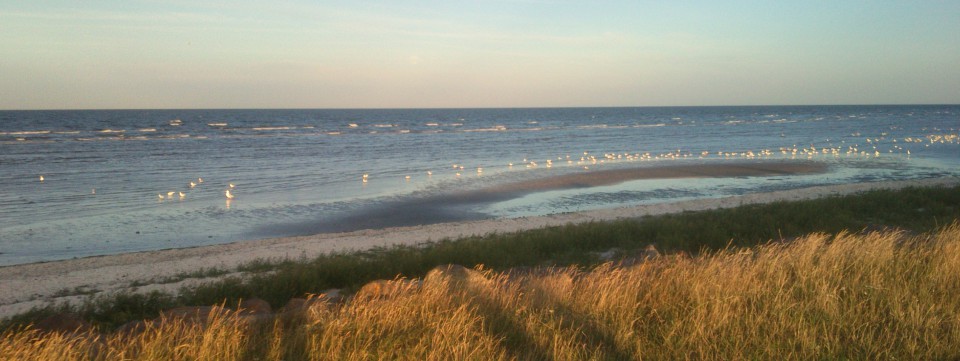Tags
composition habits, L'Homme Révolté, Lisa Leaving, Poetry Scotland, Richard Wilbur, Sally Evans, Snakeskin, Still Life, Teun Hocks
Sometimes poems arise out of two different events colliding. As I mentioned two weeks ago, the initial sonnet in my sonnet sequence, “L’Homme Revolté”, was inspired by a combination of the death of my uncle and my interest in a Teun Hocks illustration. The latter was thanks to Sally Evans and Poetry Scotland, who had just announced a competition in ekphrasis using that illustration. Another good example is “Lisa Leaving” which I wrote on the first day of my summer holidays in 2010. I was out walking through the woods close to the sea in beautiful weather, and, inspired by nature and a sense of freedom, I composed a couple of lines of iambic pentameter. Then I got home and saw the photo of Lisa on the front page of a local newspaper. It made me very happy. Unreasonably so. My unconscious mind must have already made the connection to my musings. It was only after I’d begun to work a bit on the lines I’d written that I realised I now had something concrete I could apply my inspiration to.
It was a similar situation with “Still Life”. This time, however, I connected the two different inspirations in a flash. I had read three new poems by Richard Wilbur on the Internet and had revelled in the fact that he was still writing such vital verse even though he was approaching 90. I came downstairs and started peeling potatoes, looked out the window, and saw this rollerblader. He wasn’t young either. The sharp image I was presented with gave me a concrete basis for a poem.
“Still Life” is in print in Snakeskin #163, April 2010.
And sung here:
You may notice I’ve made a change in the penultimate line.
I intend to post sung versions of two other two pieces I’ve had published in Snakeskin (not sonnets) at a later date.

The workshopping process of this piece can be viewed here:
http://thesonnetboard.yuku.com/topic/7216